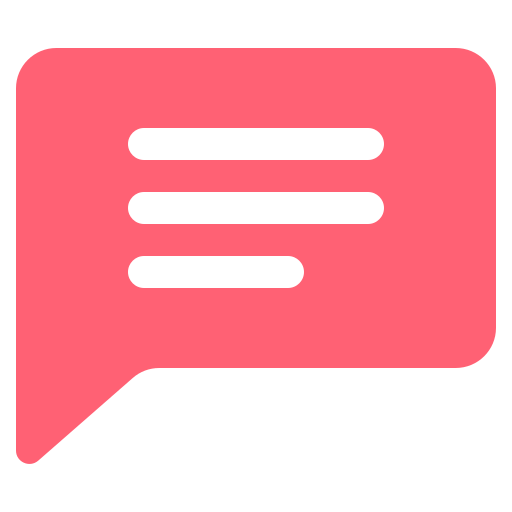This year, we welcomed the New Year with a three-day digital detox. Instead of wrapping up a stressful holiday season — to say nothing of a fraught and turbulent year — by partying in a packed restaurant, or watching the ball drop on consecutive midnights around our chaotic world, my partner and I sought out the peace and tranquility of nature.
We were also seeking a digital sabbatical in a place where we could completely unplug from a too-busy life and the blare of unsettling round-the-clock news. No cellphones. No Internet. No television. Such digital detox retreats can be found throughout the country, in a woodsy hideaway in Wisconsin, a ranch in Montana, a cabin in the Catskills or a seaside cottage.
My own favorite escape from the world is Deetjen’s Big Sur Inn on California’s gloriously rugged central coast. I first came across this inn on a trip up Highway One with a friend in 1970. At the time, “Grandpa” Deetjen, the Norwegian woodworker who hand-built the rough-hewn cottages in the early 1930s, was still alive. He invited us to sit at his table with other travelers, sharing a bottle of red wine and good conversation while classical music played softly on an old phonograph.
I cherish the memory, and the fresh air, redwood forests, views of the Pacific and tranquil beauty of Castro Canyon Creek.
Today, it’s run as a non-profit and listed on the National Register of Historic Places, but the charm lives on, as do the culinary pleasures of its wonderful restaurant. Of the 20 cabins tucked into the woods, many built at the edge of a stream, no two are alike, but most have a wood-burning stove or fireplace.
There’s no WiFi or television, but each cabin has a journal in which to record experiences to share with other travelers. Hiking the trails is heaven on earth, with my backpack stuffed with cheese, sausage, bread, water and wine for a picnic on the crest of a wooded hill overlooking the wide expanse of ocean, seagulls gliding overhead,
On pre-digital-age visits, it didn’t strike me as odd that the only means of connecting to the outside world was a pay phone by the side of a road. Now, the absence of cellphone use is a novelty — and a welcome one. For me, the New Year’s retreat was an opportunity to kickstart a withdrawal from my growing dependence on digital devices.
According to a Cleveland Clinic report, Americans spend an average of four hours a day watching TV and about seven-and-a-half hours on digital devices. Not all screen time is bad, but too much is . . . too much.
Our digital sabbatical meant enjoying the sunset without recording its fiery dip to the horizon on my iPhone or being tempted to post it with umpteen selfies in front of spectacular views. Nor did we check email at the sound of a ping, or text photos of everything we ate. Miraculously, neither of us even missed not having cell phones in hand during our three-day getaway.
But in our daily life, how do we detangle from our reliance on digital devices? In a recent BBC interview, Emily Cherkin, a Seattle-based consultant in screen-time management, said: “Technology is very much a part of us now. We bank with an app, read restaurant menus on phones and even sweat with exercise instructors through a screen.” Her own digital mindfulness means: “I make sure my use of technology is purposeful.”
The digital creep into our lives accelerated with the pandemic. As an actress, that’s when in-person auditions with a casting director turned into mandatory self-tape submissions on my iPhone, with no human contact. But there’s been no rollback since pandemic restrictions lifted; self-tapes have become standard practice, not the exception.
Zoom conferences replaced in-person meetings, and ordering everything online became commonplace. Self-service grocery checkout and ordering meals using a QR code restaurant menu is on the rise, just as smartphone apps are replacing 800 numbers for customer service inquiries.
It’s all here to stay, and I miss the human connection.
While it’s no longer possible to totally cut off from technology, especially work-related technology, I’m doing what I can to limit my digital dependence. I recognize how addictive the screen can be, with the lure of click-bait hard to resist when mindlessly scrolling. It’s junk food for the brain and an unhealthy time waster I can do without.
I’m developing my own personal “digital discipline” program that includes muting notifications, eliminating unnecessary apps and newsfeeds and reducing my presence on social media. I’m managing to unlearn the habit of always having my cell phone within reach. On average, a smartphone user checks the phone 63 times a day. I’m training myself to not check my phone every few minutes and not take it with me everywhere I go.
We don’t have television or computers in our bedroom and have always kept cell phones out of reach during meals and at bedtime. And now we’re also leaving our cell phones behind when we go to the gym and on dog walks. I confine my email and internet browsing to specific times in the morning and late afternoon.
Tuning out entirely for three days is a luxury not everyone can manage, but my resolve to cut back on digital use is proving to be a great start to 2024. It’s my best-kept New Year’s resolution ever — and I feel better for it. I’m less stressed and more productive.
Have you ever tried a digital detox? Let us know in the comments below.

Juanjo Gasull
Follow Article Topics: Health








